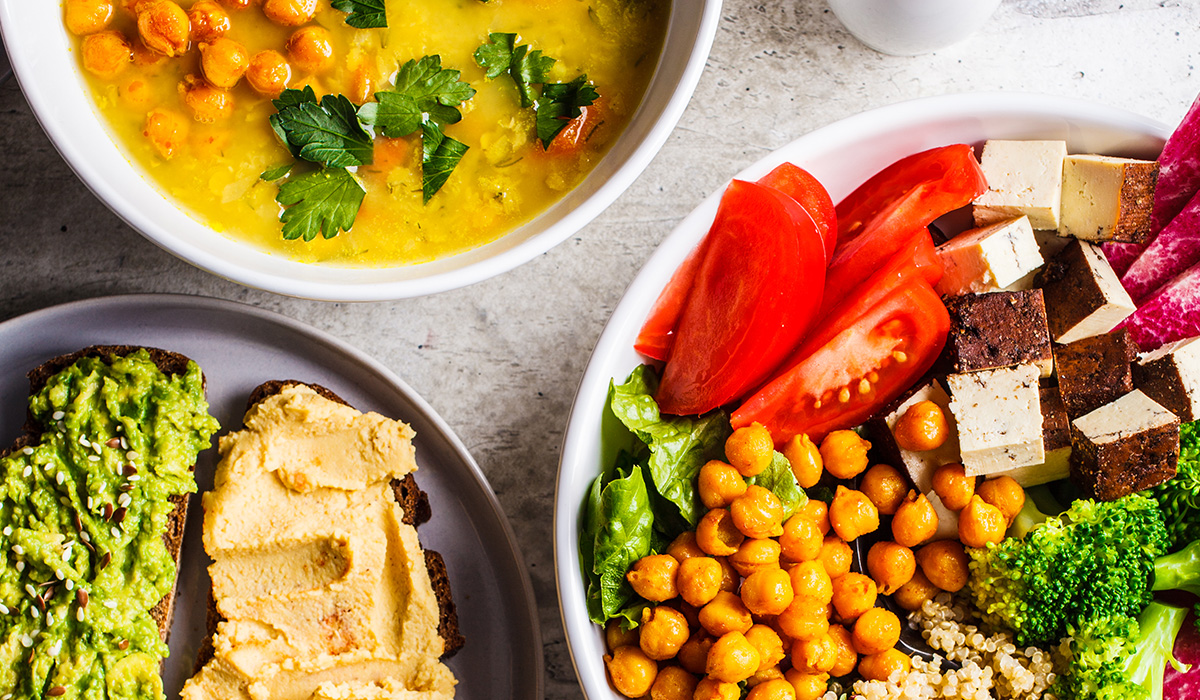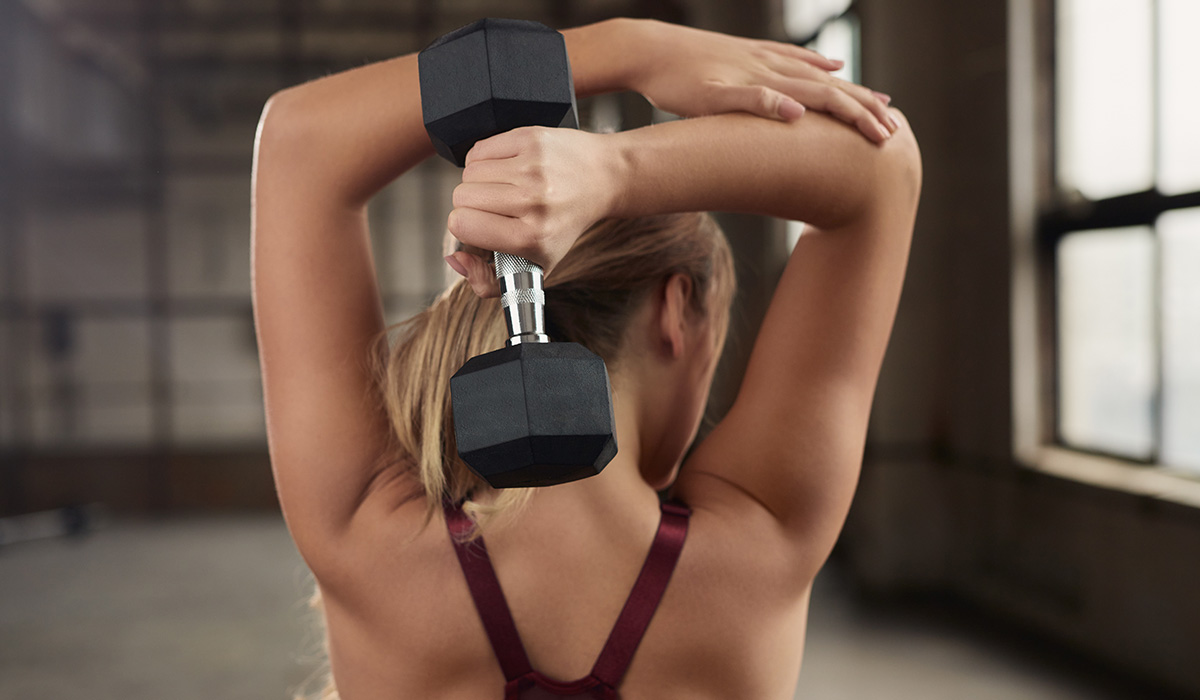There are many mixed messages out there about alcohol. On the one hand, moderate amounts have been linked to health benefits. On the other, it is addictive and highly toxic — especially when you drink too much.
The truth is that the health effects of alcohol vary between individuals and depend on the amount and type of alcohol consumed.
WHAT IS ALCOHOL?
The main psychoactive ingredient in alcoholic beverages is ethanol. Generally referred to as “alcohol,” ethanol is the substance that makes you drunk.
It’s produced by yeasts that digest sugar in certain carb-rich foods, such as:
- Grapes— used to make wine.
- Grains— used to make beer.
Alcohol is one of the most popular psychoactive substances in the world. It can have powerful effects on your mood and mental state. By reducing self-consciousness and shyness, alcohol may encourage people to act without inhibition. At the same time, it impairs judgment and promotes behaviour people may end up regretting. Some people drink small amounts at a time, while others tend to binge drink. Binge drinking involves drinking large amounts at a time to get drunk.
DANGERS OF ADDICTION
Some people become addicted to the effects of alcohol, a condition known as alcohol dependence or alcoholism.
An estimated 10% of the UK are believed to have been dependent on alcohol at some point in their life. Alcohol dependence is one of the main causes of alcohol abuse and disability in the UK and a strong risk factor for various diseases.
WHICH TYPE OF ALCOHOLIC BEVERAGE IS BEST?
What you drink matters less than how much you drink.
However, some alcoholic drinks are better than others.
Red wine appears to be particularly beneficial because it is very high in healthy antioxidants. In fact, red wine is linked to more health benefits than any other alcoholic beverage. That said, consuming high amounts does not provide greater health benefits. Heavy drinking causes health problems — regardless of the type of beverage.





